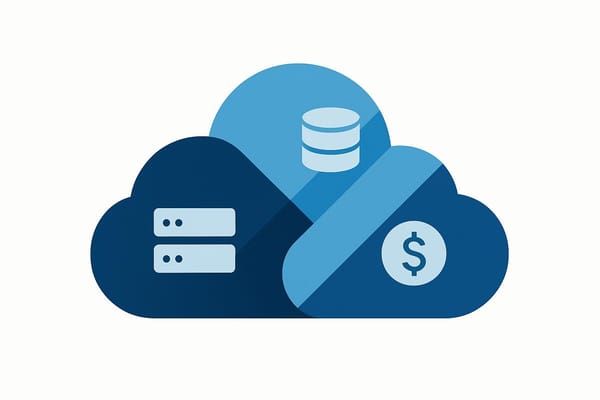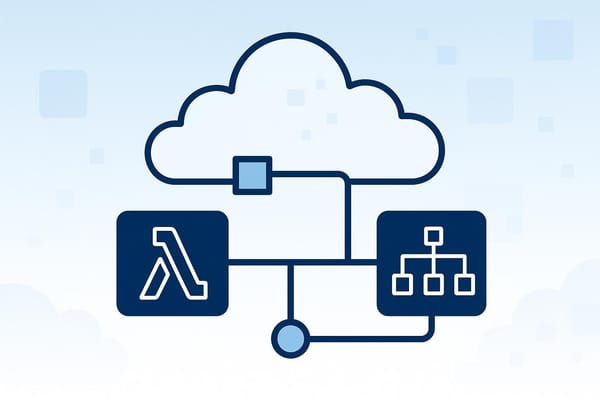Permission Boundaries: Best Practices
Learn how AWS permission boundaries enhance security by controlling access and preventing privilege escalation in cloud environments.
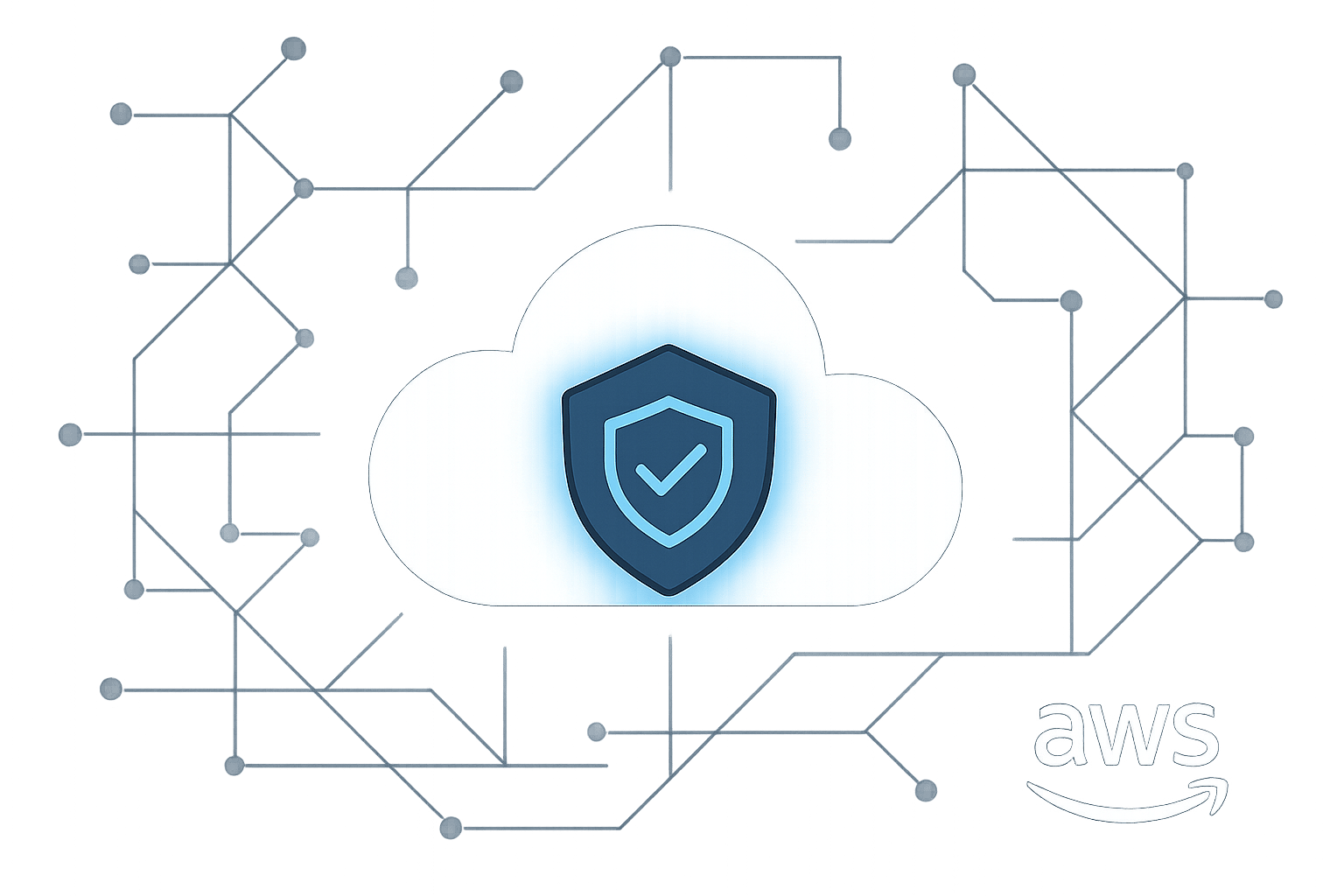
AWS Permission Boundaries are a powerful way to control access within your cloud environment. They set the maximum permissions an IAM user or role can have, ensuring no actions beyond these limits are allowed - even if other policies grant them. This article covers how to use permission boundaries effectively, including key concepts, use cases, and implementation tips.
Key Takeaways:
- What They Do: Permission boundaries restrict permissions but don’t grant them. They act as a ceiling for access control.
- Why They're Useful: They help prevent privilege escalation, manage developer roles, and ensure compliance with security standards.
- Implementation Steps:
- Define the required permissions.
- Create boundary policies.
- Test and monitor them using AWS tools like CloudTrail and AWS Config.
Quick Overview of AWS Policy Types:
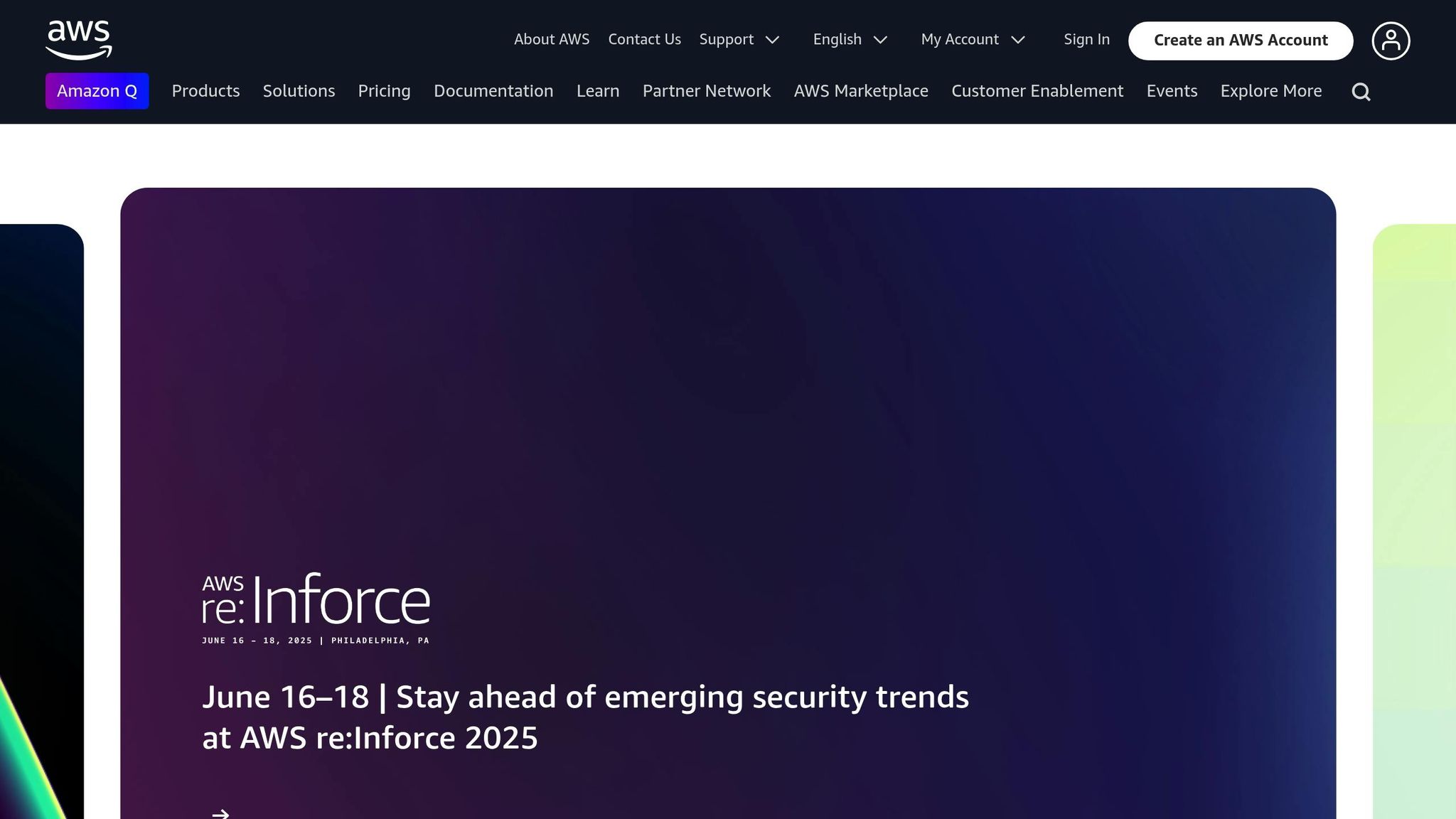
| Policy Type | Function | Scope | Best Use Case |
|---|---|---|---|
| Permission Boundaries | Sets maximum permissions | Individual IAM users/roles | Delegating permissions safely |
| Identity-based Policies | Grants specific permissions | Users, groups, roles | Day-to-day access management |
| Resource-based Policies | Controls resource access | Individual resources | Cross-account or resource-level access |
| Service Control Policies | Organisation-wide restrictions | AWS accounts/OUs | Governance across multiple accounts |
Why It Matters: For UK businesses, permission boundaries help meet GDPR and NHS Digital compliance by enforcing strict access controls and reducing the risk of misconfigurations. They also save time and resources by automating access management.
Read on for a detailed guide to setting up permission boundaries, monitoring tools, and compliance tips.
AWS PERMISSIONS BOUNDARY Demo | SSO & Best ...
Permission Boundaries Explained
Permission boundaries in AWS Identity and Access Management (IAM) act as a safeguard, setting the upper limit on permissions an IAM identity can have. Unlike standard policies that grant permissions, these boundaries act as a ceiling, ensuring no permissions beyond the defined limit can be applied.
Core Concepts
Permission boundaries restrict permissions rather than granting them. When applied to an IAM user or role, they define the maximum permissions that can be used, regardless of what other identity-based policies allow. For example, if a boundary limits access to Amazon S3 and EC2, the user or role won’t be able to access RDS or Lambda, even if other policies provide such permissions.
Types of AWS IAM Policies
The following table outlines how permission boundaries work alongside other IAM policies:
| Policy Type | Primary Function | Scope | Effect on Permissions |
|---|---|---|---|
| Permission Boundaries | Defines the maximum permissions | Individual IAM identities | Limits permissions, doesn't grant them |
| Identity-based Policies | Grants specific permissions | Users, groups, roles | Provides direct access rights |
| Resource-based Policies | Manages access to resources | Individual AWS resources | Allows cross-account or service access |
| Service Control Policies | Sets account-wide restrictions | All accounts in an organisation | Establishes overarching guardrails |
These distinctions clarify how permission boundaries fit into AWS's broader security framework.
Common Use Cases
Here are some practical scenarios where permission boundaries prove useful:
- Managing Developer Teams: Developers may need to create and manage their own IAM roles. Permission boundaries ensure these roles don’t exceed the permissions they’re authorised to use, allowing teams to operate independently while maintaining security.
- Project-Specific Access: In environments tied to specific projects, permission boundaries can limit access to certain AWS regions or services. This prevents accidental or intentional resource manipulation across projects, even if other policies are misconfigured.
- Temporary Access Adjustments: During maintenance or emergencies, permission boundaries allow for temporary access increases while ensuring users stay within predefined security limits.
Setting Up Permission Boundaries
Setting up permission boundaries requires careful planning to ensure secure and efficient operations. Here's a breakdown of the key elements involved.
Least Privilege Setup
Establishing least privilege access ensures that roles only have the permissions they absolutely need. Start by identifying the minimum permissions required for each role.
| Role Category | Baseline Permissions | Additional Considerations |
|---|---|---|
| Developers | CodeCommit, CodeBuild, specific S3 buckets | Regional restrictions |
| DevOps | EC2, CloudFormation, Systems Manager | Enforce resource tagging |
| Database Admins | RDS, DynamoDB, specific VPC access | Encryption policies |
| Security Teams | IAM, CloudTrail, Config, GuardDuty | Limit cross-account access |
Implementation Guide
Follow these steps to implement permission boundaries effectively:
1. Define Permission Scope
Identify the permissions each role needs. Create a detailed permissions matrix that includes regular operational requirements and emergency scenarios. This will help in mapping out the exact scope of permissions for each job function.
2. Create Boundary Policies
Develop boundary policies that provide the necessary permissions without exceeding limits. Here's an example:
{
"Version": "2012-10-17",
"Statement": [
{
"Effect": "Allow",
"Action": [
"s3:*",
"ec2:Describe*"
],
"Resource": "*"
}
]
}
3. Apply and Test Boundaries
Roll out the boundaries in a pilot phase to test their effectiveness. Monitor for any operational issues and fine-tune policies where required, keeping security intact. Once validated, ensure continuous monitoring to maintain compliance.
Monitoring Tools
Use AWS tools to monitor and manage permission boundaries effectively:
CloudTrail Integration
Set up CloudTrail to log all IAM actions, including changes to boundaries and updates to policies.
AWS Config Rules
Create rules to:
- Ensure all IAM roles have permission boundaries attached.
- Verify boundaries align with organisational standards.
- Conduct regular compliance checks against security benchmarks.
GuardDuty Alerts
Enable alerts for:
- Unusual IAM activity.
- Attempts to bypass permission boundaries.
- Suspicious API activity.
For a consolidated view, build a dashboard that integrates data from these tools. This will provide real-time insights into the effectiveness of your permission boundaries and help detect any security weaknesses early.
Cost and Security Benefits
Permission boundaries can help small and medium-sized businesses (SMBs) save money while improving security by clearly defining access controls and reducing the need for manual management.
Risk Reduction
Permission boundaries act as a safeguard against potential security issues. By enforcing strict controls, they help limit risks like privilege escalation, insider threats, accidental errors, and compliance breaches.
| Risk Type | Mitigation Method | Business Impact |
|---|---|---|
| Privilege Escalation | Enforced maximum limits | Prevents unauthorised access expansion |
| Insider Threats | Role-specific boundaries | Limits potential data exposure |
| Accidental Misconfigurations | Predefined permission templates | Reduces human error incidents |
| Compliance Violations | Automated boundary enforcement | Maintains regulatory alignment |
These boundaries also help organisations meet GDPR requirements by ensuring users only have the permissions they truly need.
Time and Resource Savings
Managing access becomes much simpler with permission boundaries, which is especially helpful for businesses with limited resources. Automating permission enforcement reduces manual tasks and improves efficiency through:
- Automated policies that cut down administrative work
- Standardised templates to avoid repetitive configurations
- A centralised interface for quick adjustments
- Faster incident response due to clearer permission structures
These efficiencies also help reduce costs, making them a practical choice for SMBs.
SMB Cost Management
Efficient permission boundary management can prevent unnecessary resource use and lower incident-handling expenses. For example, implementing these boundaries can stop unauthorised resource provisioning, speed up investigations, and reduce audit costs through automation. According to AWS Optimization Tips, Costs & Best Practices for Small and Medium sized Businesses, these measures can lead to significant savings.
Regularly reviewing and updating permission boundaries ensures businesses maintain a balance between security and resource efficiency.
Tips for cost-effective implementation:
- Start with minimal permissions and expand only when needed
- Use AWS CloudTrail to track the effectiveness of boundaries
- Automate compliance checks with AWS Config
- Schedule regular reviews to fine-tune permissions and optimise usage
AWS Policy Types Compared
Let's delve into how permission boundaries stack up against other AWS IAM policies. These boundaries work alongside other IAM policies to create a layered approach to access control. Each policy type has a specific role, and together they help secure your AWS environment.
Here’s an overview of the main AWS IAM policy types and their purposes:
| Policy Type | Primary Function | Scope | Best Use Case |
|---|---|---|---|
| Permission Boundaries | Sets maximum permissions | Individual IAM users/roles | Safely delegating permissions to developers |
| Identity-based Policies | Defines allowed actions | Users, groups, roles | Managing day-to-day access |
| Resource-based Policies | Controls resource access | Individual resources | Enabling cross-account access |
| Service Control Policies (SCPs) | Organisation-wide controls | AWS accounts/OUs | Governance across an enterprise |
| Session Policies | Temporary permissions | Assumed roles | Handling short-term access needs |
Key Features of AWS IAM Policies
To better understand how these policies function, here’s a comparison of their key features:
| Feature | Permission Boundaries | Identity Policies | Resource Policies | SCPs |
|---|---|---|---|---|
| Delegation Control | ✓ | – | – | – |
| Resource-level Control | – | ✓ | ✓ | – |
| Cross-account Support | – | – | ✓ | – |
| Organisation-wide Scope | – | – | – | ✓ |
Each policy type has a specific role in reinforcing AWS security. For example, permission boundaries are particularly useful for small and medium-sized businesses (SMBs) aiming to:
- Empower development teams to manage their own IAM roles.
- Ensure compliance without slowing down agile development.
- Automate role creation while avoiding privilege escalation risks.
- Standardise access controls across various projects or departments.
Using Permission Boundaries with Other Policies
When combining permission boundaries with other policy types, keep these points in mind:
- Permission boundaries set the upper limit for permissions and work alongside SCPs.
- Resource policies operate independently of permission boundaries.
- Session policies can further restrict permissions temporarily.
UK Compliance Requirements
UK compliance involves not just strong security measures but also ensuring cost-effective AWS operations, aligning with broader organisational strategies. Organisations must adhere to specific UK regulations when managing AWS environments.
GDPR and Data Protection Compliance
AWS permission boundaries play a key role in meeting the UK's GDPR data protection standards. The Information Commissioner's Office (ICO) recognises these boundaries as valid technical measures under Article 32. To comply with GDPR, organisations can implement the following:
| Requirement | Implementation Approach | Validation Method |
|---|---|---|
| Data Residency | Enforce eu-west-2 restrictions |
AWS Config rules |
| Access Controls | Apply role-based boundaries | IAM Access Analyzer |
| Audit Trails | Enable CloudTrail retention | Weekly compliance reports |
In 2023, a UK healthcare provider faced a £750,000 fine after misconfigured S3 permissions exposed patient data. This highlights the importance of proper boundary configurations, particularly in regulated sectors.
NHS Digital Requirements
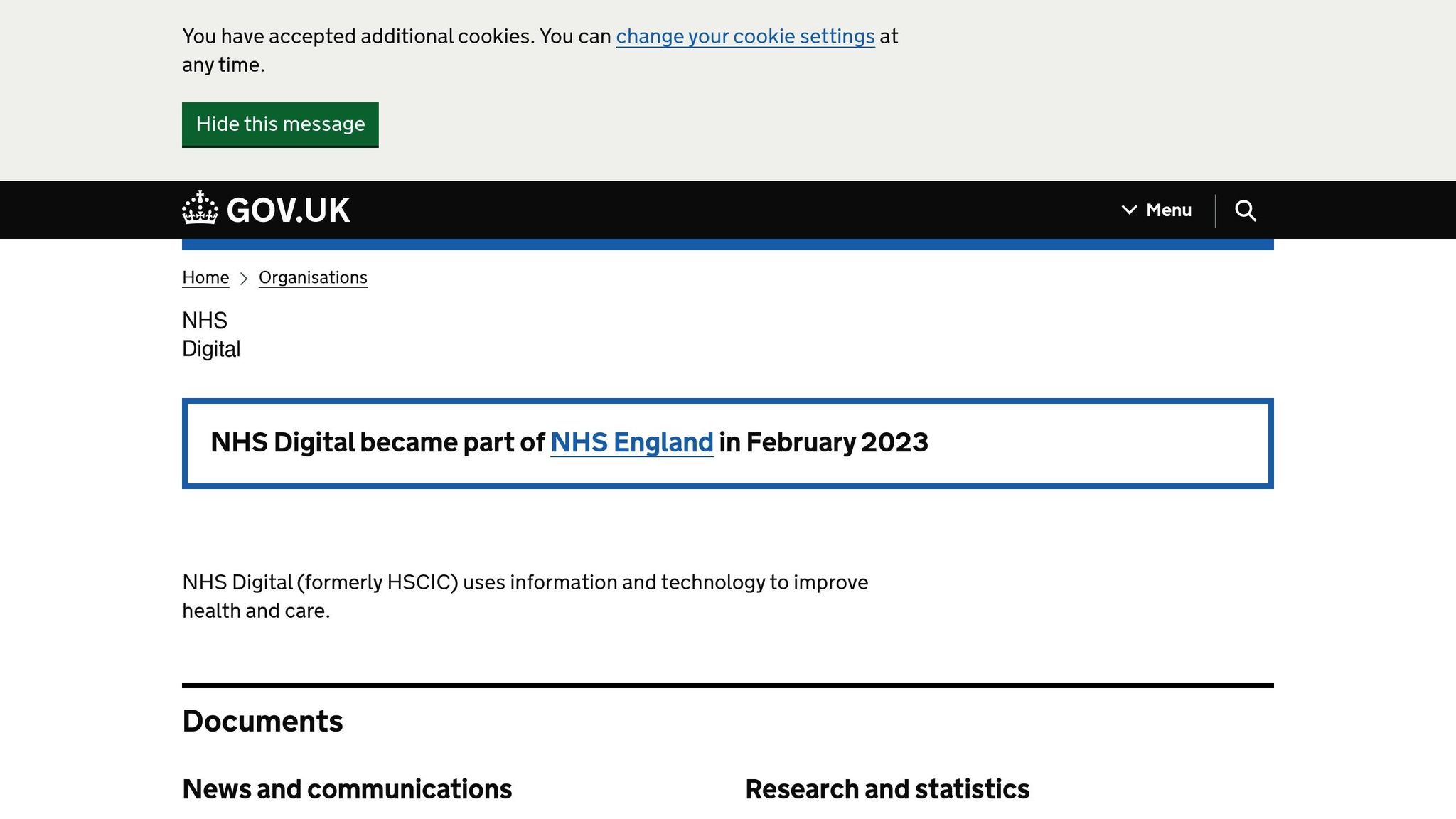
According to the AWS Health Sector Report 2024, 78% of UK healthcare organisations now use permission boundaries for NHS-compliant workloads. NHS Digital requires these boundaries to be clearly documented with compliance labels, especially for API access across integrated care systems.
For NHS workloads, organisations should:
- Restrict access to NHS Digital-approved AWS regions
- Enforce encryption for protected health information
- Implement role-based access with mandatory MFA
- Maintain detailed audit trails
These measures ensure that healthcare data is managed securely and in line with NHS Digital standards.
UK Public Sector Classifications
Public sector organisations must comply with the UK Government Security Classification Scheme. Permission boundaries should correspond to data classification levels, enforcing UK data residency and restricting actions based on classification tags. The NHS Digital Data Risk Model indicates that implementing these measures can reduce classification errors by 42%.
Financial Services Considerations
In financial services, boundaries should:
- Restrict security group modifications
- Disable cross-account access
- Block public exposure of sensitive data
These steps align with the NIS Regulations and help secure sensitive financial information.
Monitoring and Compliance Validation
The National Cyber Security Centre (NCSC) advises using AWS Config with custom rules tailored to UK compliance needs. This includes:
"Weekly reports showing percentage of roles with boundaries, boundary policy version compliance, and cross-region access attempts blocked. These metrics help demonstrate compliance during NHS Digital audits".
Regular checks using AWS IAM Access Analyzer ensure policies remain compliant by identifying violations, unauthorised access, and misconfigurations. This proactive approach helps organisations stay prepared for audits and maintain compliance.
Summary
Permission boundaries play a key role in managing AWS environments, offering improved security and better cost control. By enforcing least privilege access and blocking unauthorised actions, they help meet security requirements - essential for compliance with UK regulations like GDPR - while also keeping AWS expenses in check. This approach is especially useful for small and medium-sized businesses in regulated industries, where balancing compliance and cost management is a priority.
As outlined earlier, these measures combine strong security with efficient AWS resource management. Implementing permission boundaries reflects a proactive approach to AWS security, helping organisations confidently address regulatory requirements.
For more details on AWS cost management and security tips tailored for SMBs, check out AWS Optimization Tips, Costs & Best Practices for small and medium-sized businesses. This summary highlights the key ideas and strategies discussed throughout this guide on permission boundaries.
FAQs
What are permission boundaries, and how do they help prevent privilege escalation in AWS?
Permission boundaries in AWS are a security feature that sets the maximum level of permissions an IAM user or role can have. They act as a safeguard by ensuring that even if a user or role is granted additional permissions, they cannot exceed the limits defined by the boundary.
This helps prevent privilege escalation by restricting users or roles from gaining unintended access to resources. For example, even if a policy mistakenly grants broader permissions, the boundaries ensure those permissions are capped, maintaining a secure environment. By using permission boundaries effectively, organisations can enforce stricter security controls while reducing the risk of human error or misconfiguration.
What is the difference between permission boundaries and identity-based policies in AWS IAM?
Permission boundaries and identity-based policies in AWS IAM serve different purposes but work together to manage access. Identity-based policies define what actions and resources a user or role is allowed to access. These policies are directly attached to users, groups, or roles and set the permissions for those identities.
On the other hand, permission boundaries act as a limit or cap on the maximum permissions that an identity-based policy can grant. Even if a user’s identity-based policy allows specific actions, the permission boundary will restrict those actions if they exceed the defined boundaries.
In short, while identity-based policies grant permissions, permission boundaries ensure those permissions stay within a predefined scope, enhancing security by preventing over-permissioning.
How can permission boundaries help ensure compliance with UK regulations like GDPR?
Permission boundaries in AWS can play a key role in ensuring compliance with UK regulations such as GDPR by limiting the maximum permissions that IAM roles can have. This ensures users and services cannot exceed predefined access levels, helping to protect sensitive data and maintain compliance.
To align with GDPR requirements, you can configure permission boundaries to enforce strict access controls, ensuring only authorised personnel or services can access personal data. Regularly reviewing and updating these boundaries can further enhance security and compliance with evolving regulations.
While permission boundaries are a powerful tool, they should be used alongside other AWS features like encryption, monitoring, and auditing to create a comprehensive compliance strategy tailored to UK laws and GDPR standards.


